
Pin by Tammy Carder on critters Bat species, Bat photos, Fruit bat
Northern Blossom-bat Macroglossus minimus. pp. 421-422 in Strahan, R. (ed.). The Mammals of Australia: The National Photographic Index of Australian Wildlife. Sydney : Reed New Holland 756 pp. McKean, J.L. & Hamilton-Smith, E. 1967. Litter size and maternity sites in Australian bats (Chiroptera).

Common Blossom Bat The Australian Museum
Big Brown Bat Tri-Colored Bat Little Brown Myotis Eastern Small-footed Myotis Northern Myotis Hoary Bat Eastern Red Bat Silver-haired Bat

Rainforest Explorer
The long-tongued nectar bat ( Macroglossus minimus ), also known as the northern blossom bat, honey nectar bat, least blossom-bat, dagger-toothed long-nosed fruit bat, and lesser long-tongued fruit bat, is a species of megabat. M. minimus is one of the smallest species in the family Pteropodidae, with an average length of 60-85 mm.
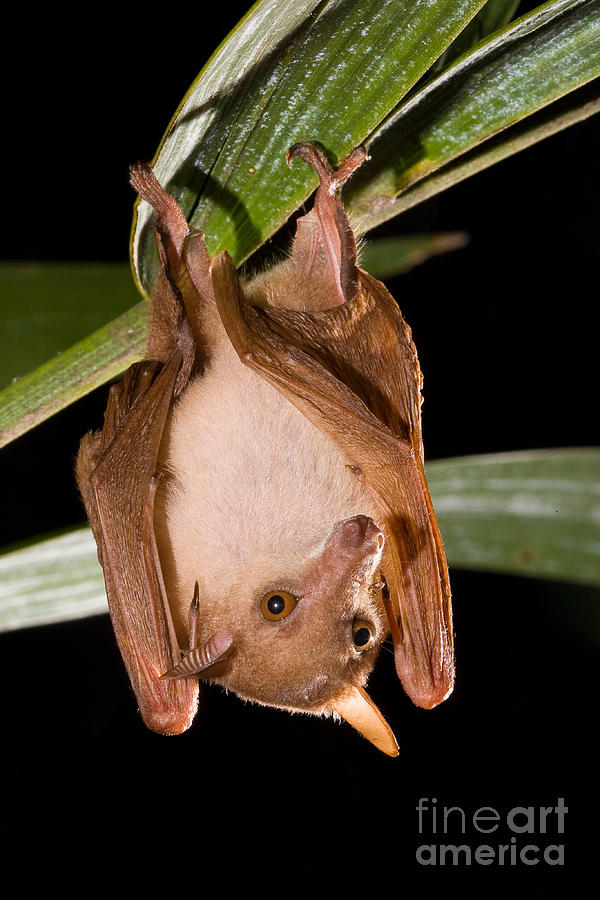
Northern Blossom Bat Photograph by B. G. Thomson
Jacob Fitzbright ; Fact-checked by Sakshi Raturi 8 mins to read Contents Share this article Are you excited to learn more about the world of fruit bats? If yes, then come along with us on this journey to learn more about an exciting bat species that reside near northeastern Australia.
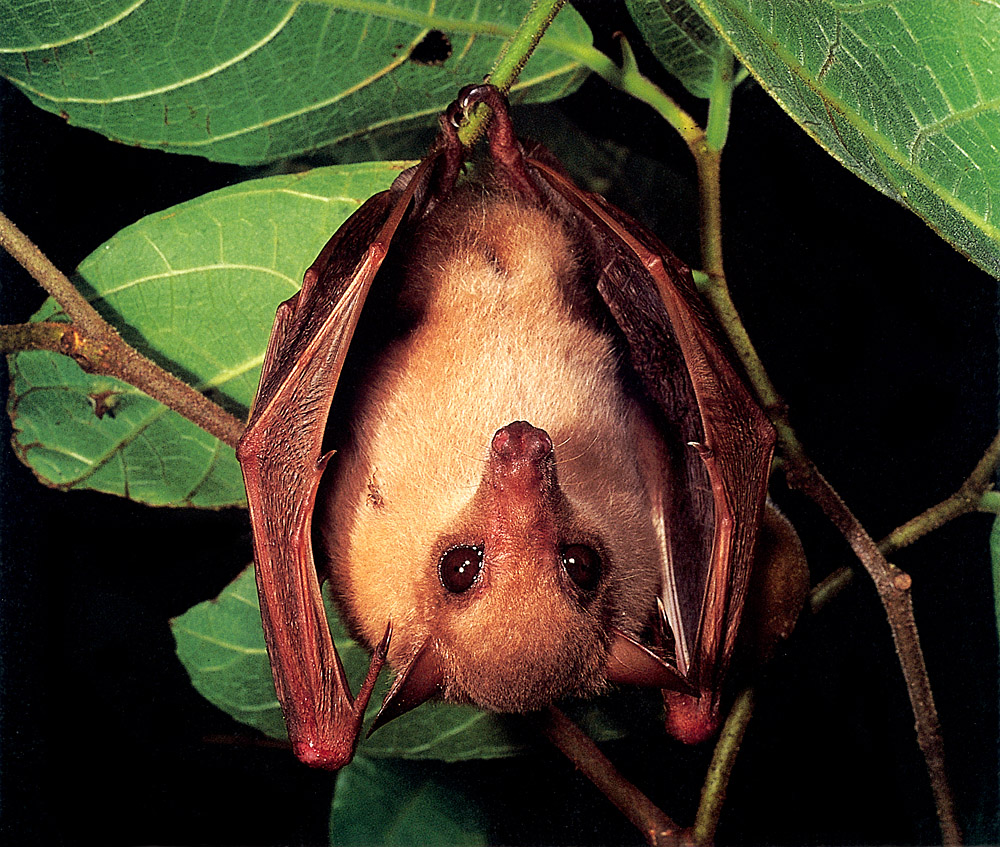
NATURE GEEK The Blossom Bat May Just Convince You That Some Winged Beasts Are Not Out to Suck
Northern Myotis, also known as Northern Long-eared Bat, is a small bat (5-8 g) similar in size and colouration to Little Brown Myotis, but is generally distinguishable by its longer ears that extend beyond the nose when pressed forward, longer tail, and larger wing area (Caceres and Barclay 2000, Harvey et al. 2011).
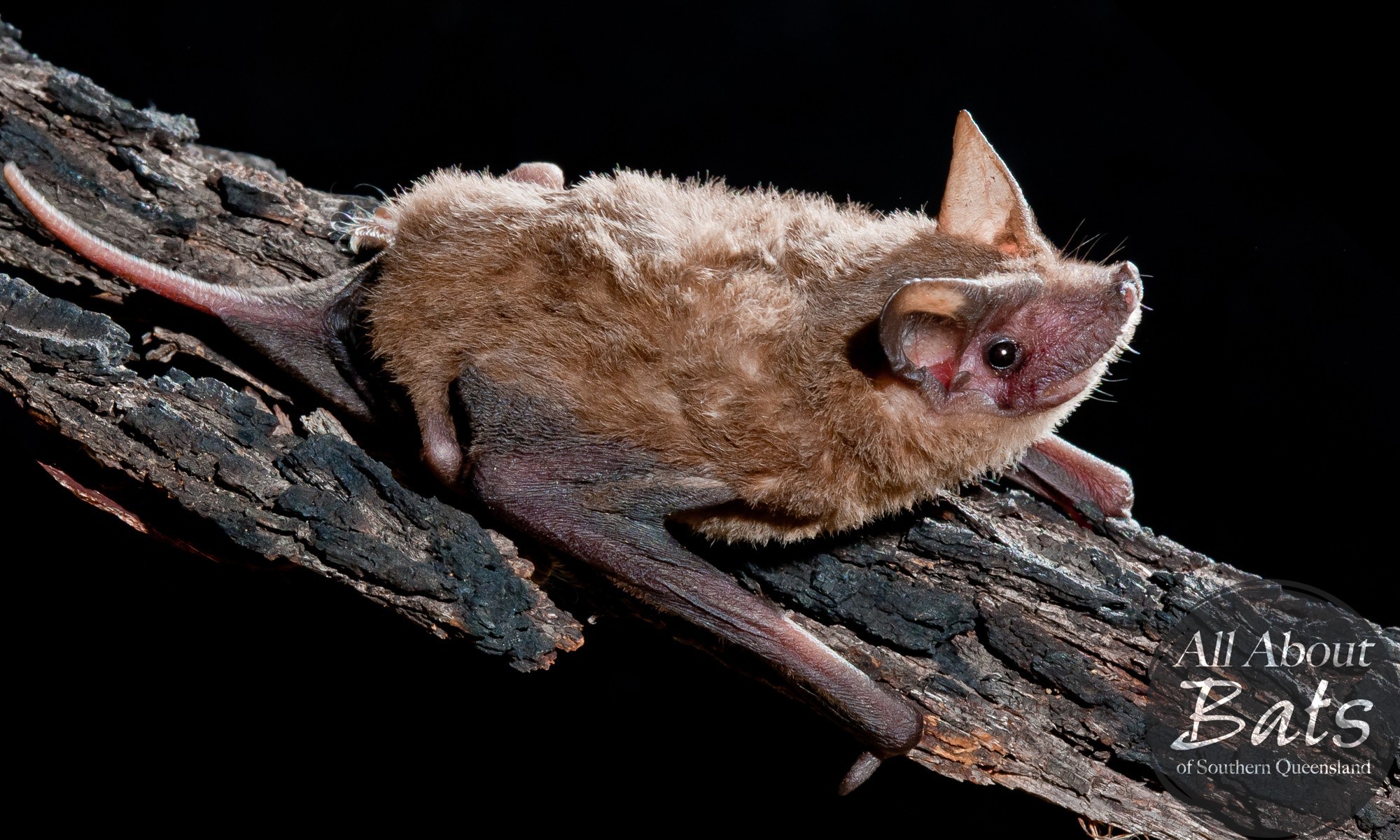
Northern freetail bat All About Bats
Northern Blossom Bat. Northern Blossom Bat. Discover more. The Flowering of Australia's Rainforests. Invertebrates are essential in pollinating our rainforests - but how do climate change, fire, fragmentation, invasive species and destructive pathogens impact pollination networks? Dr Geoff Williams OAM, AM, explores how in this Second.

Five Reasons to Love Bats Smithsonian Voices National Museum of Natural History Smithsonian
Eastern Blossom Bat, Southern Blossom Bat Author(s) Louise Carter Updated 03/12/20; Read time 2 minutes; Share this page: Share on Facebook; Share on Twitter; Share on Linkedin. Northern Cave Bat. Inland Freetail Bat. Yellow-lipped Bat. Vespadelus douglasorum. Greater Long-eared Bat. Large-eared Pied Bat. Chalinolobus dwyeri.

Northern Blossom Bat The Australian Museum
Flying-foxes and their relatives range in size from the tiny blossom-bats that could fit in the palm of a human hand, through to the more familiar flying-foxes 'fruit bats', which can have a wingspan of more than a metre. Night vision

Northern Blossom Bat Hanging From A Branch, Australia Photograph by Bruce Thomson
Eating insects is the most common diet among bats worldwide — a major benefit for our farmers. However, the role many of nectar-feeding bats play is just as important. Bats, like the Northern Blossom Bat (Macroglossus minimus) from Australia, pollinate the flowers of plants that produce nectar. Scientists believe that many plants have evolved.

Common blossom bat All About Bats
The long-tongued nectar bat ( Macroglossus minimus ), also known as the northern blossom bat, honey nectar bat, [2] least blossom-bat, [3] dagger-toothed long-nosed fruit bat, [1] and lesser long-tongued fruit bat, [1] is a species of megabat. M. minimus is one of the smallest species in the family Pteropodidae, with an average length of 60-85 mm.

Northern blossombat (Macroglossus minimus pygmaeus Stock Photo Alamy
The long-tongued nectar bat ( Macroglossus minimus ), also known as the northern blossom bat, honey nectar bat, least blossom-bat, dagger-toothed long-nosed fruit bat, and lesser long-tongued fruit bat, is a species of megabat. M. minimus is one of the smallest species in the family Pteropodidae, with an average length of 60-85 mm.

New female bat to spark breeding interest of male bats at Territory Wildlife Park NT News
The long-tongued nectar bat (Macroglossus minimus), also known as the northern blossom bat, honey nectar bat, least blossom-bat, dagger-toothed long-nosed fruit bat, and lesser long-tongued fruit bat, is a species of megabat. M. minimus is one of the smallest species in the family Pteropodidae, with an average length of 60-85 mm. It has a reddish-brown colouring with relatively long hair.

Call of the Bloom National Geographic Magazine Fruit bat, Bat, Pollen
Northern Blossom Bat Macroglossus minimus This fruit bat is similar to S. australis but distinguished by strips of bare skin (interfemoral membrane) along the inside of the hind legs. It also has a small stub of a tail hidden in the body fur. This bat is an important pollinator of native plants.

Hairyfooted Moss Forest Blossom Bat (Syconycteris hobbit) West Sepik Pro ZooChat
Pteropodidae (Flying Foxes, Fruit Bats and Blossom-bats) Scientific name Macroglossus minimus (Geoffroyi, 1810) Common name northern blossom bat Type reference Geoffroyi, E. (1810) Description des roussettes et des cephalotes, deux nouveaux genres de la famille des chauve-souris. Ann. Mus. Hist. Nat. Paris 15: 86-108. WildNet taxon ID 978.
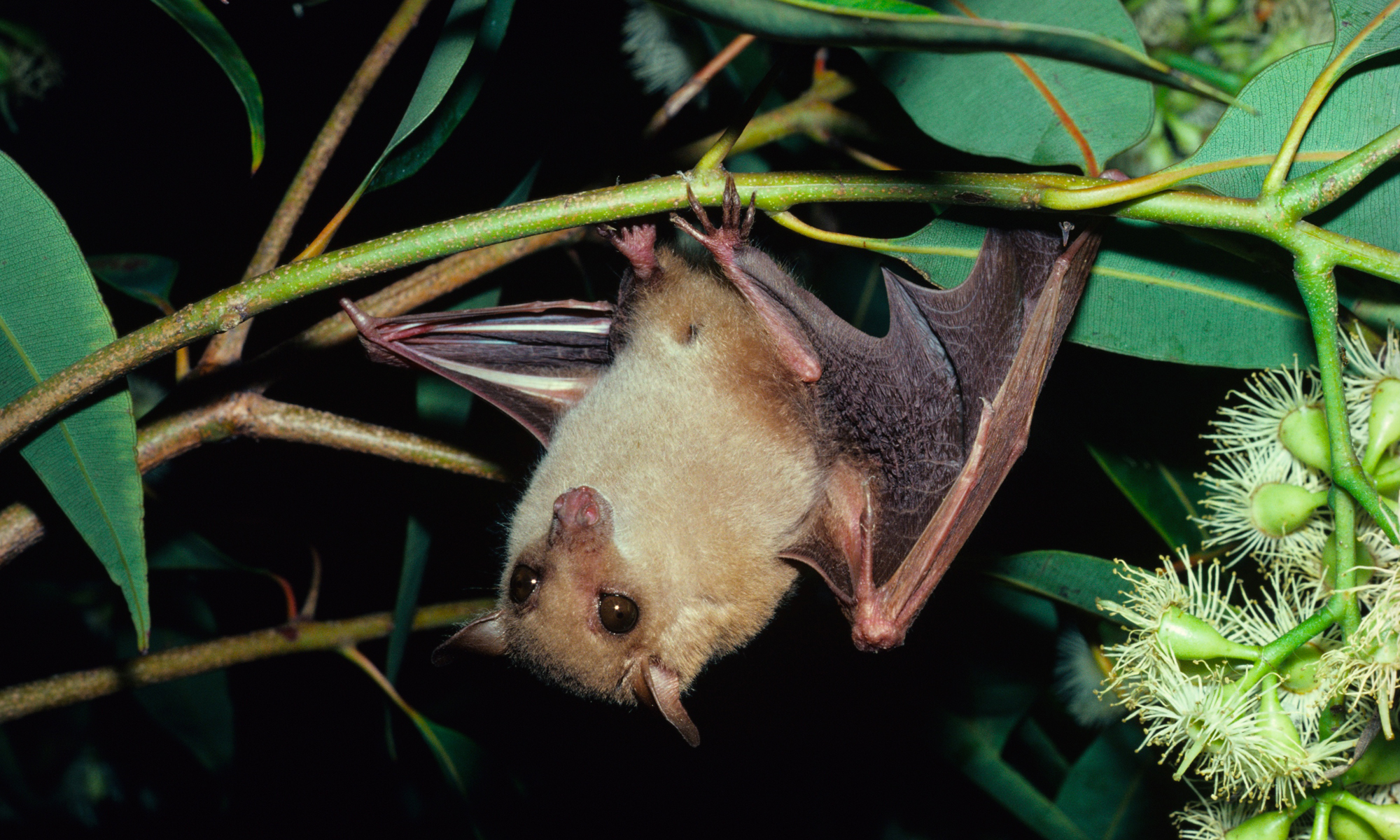
Common blossom bat All About Bats
Here's a sneak peek of some facts from the guide. 1. Eight species of these nocturnal creatures live in Ontario. They are: the hoary bat, the eastern red bat, the silver-haired bat, the big brown bat, the tricolored bat, the little brown myotis bat, the northern long-eared myotis and the eastern small-footed myotis.
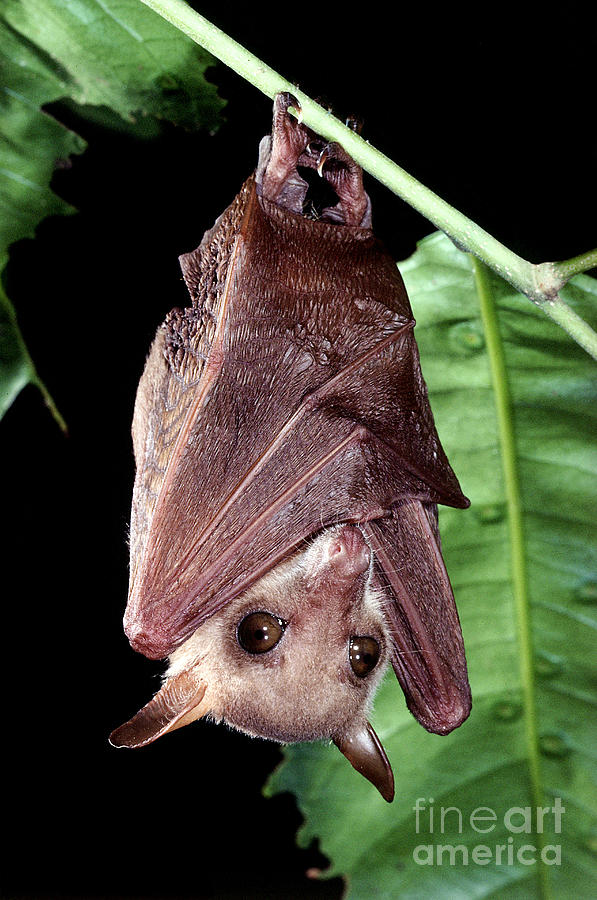
Northern Blossom Bat Photograph by B. G. Thomson Pixels
Northern Blossom Bats are important pollinators of many native Australian plants. In northeastern Queensland they also appear to pollinate commercially grown durian tees. Habitat. Northern Blossom Bats hang in palms, bamboos, mangroves, and trees in monsoon forests and rainforests. They roost alone or in small groups under loose bark, within.